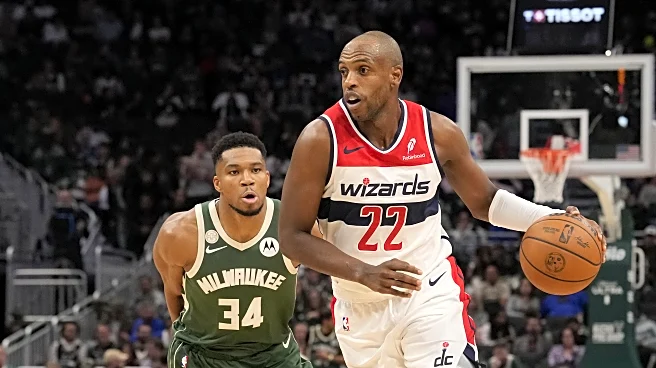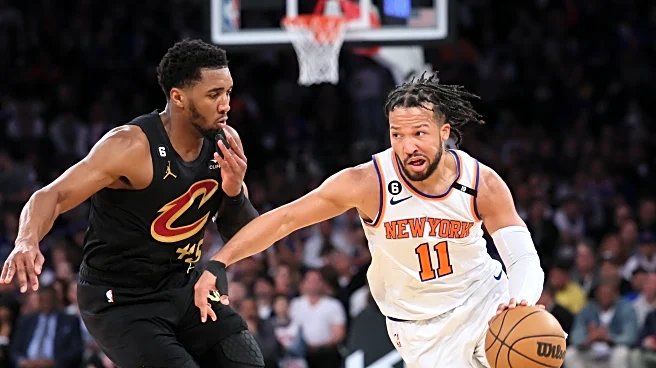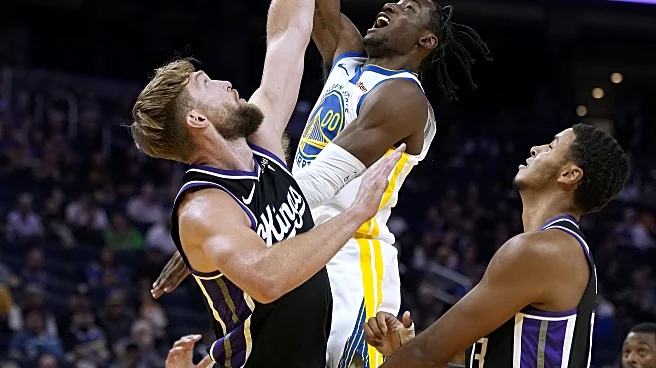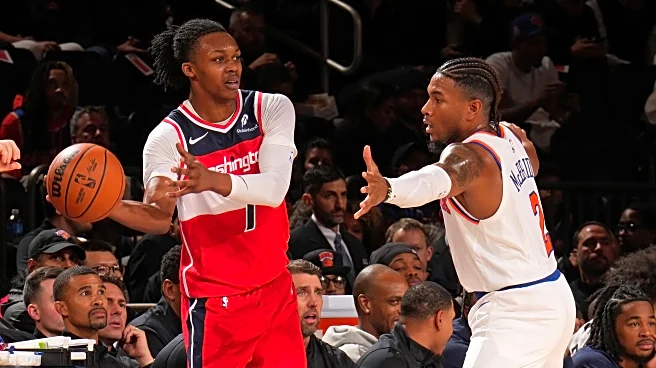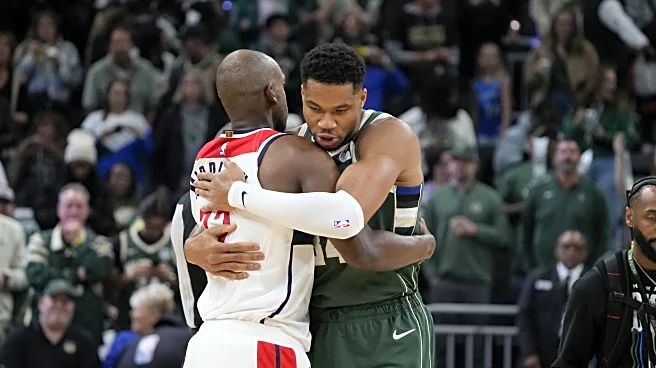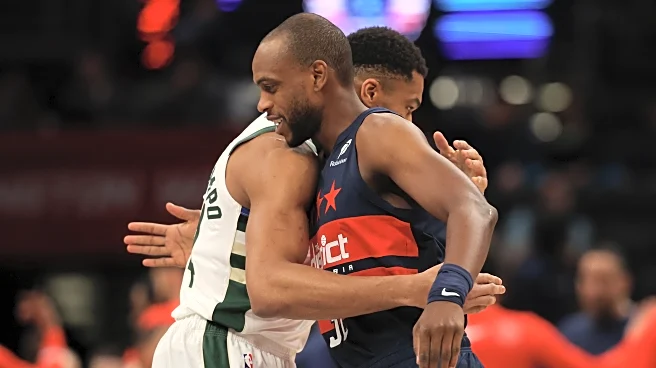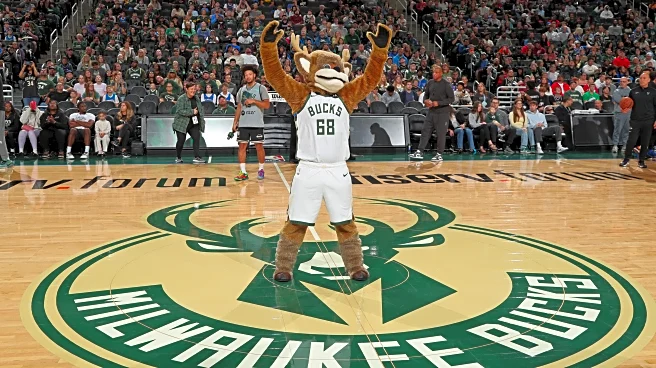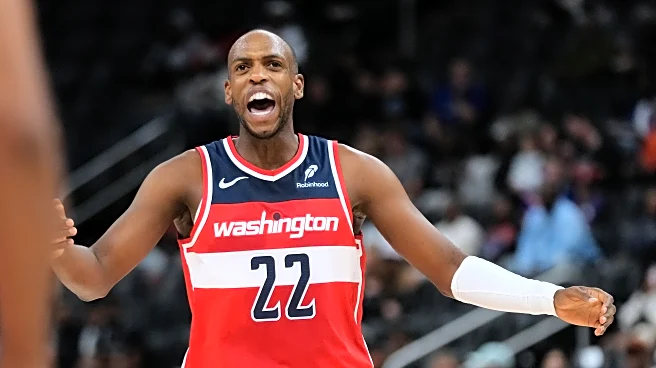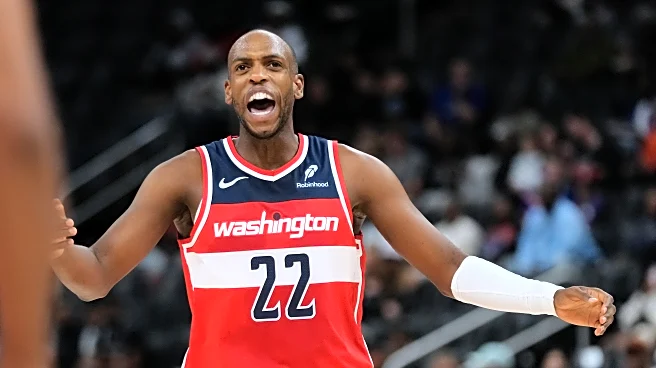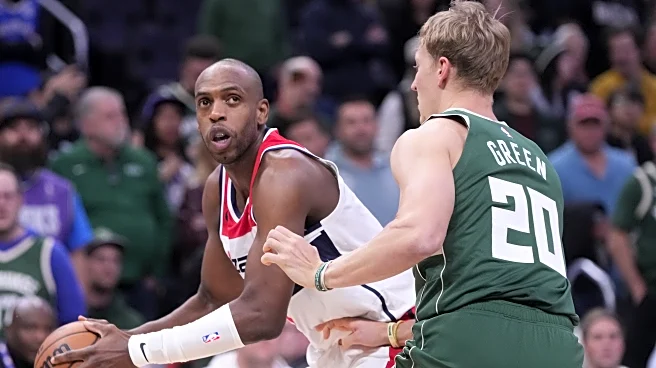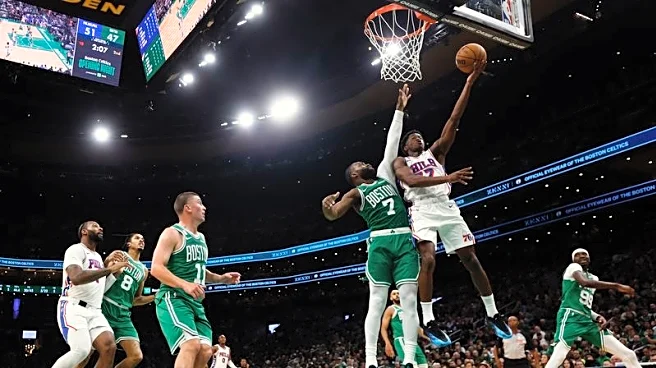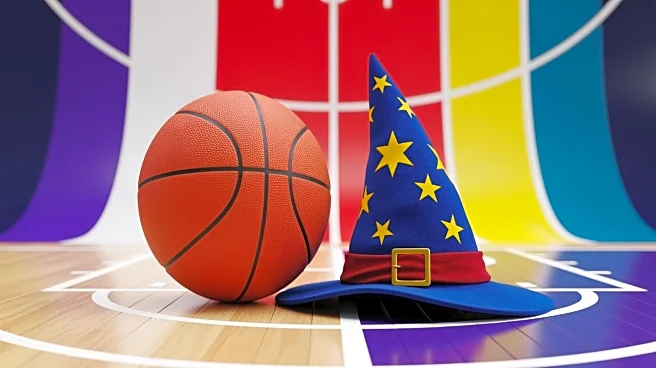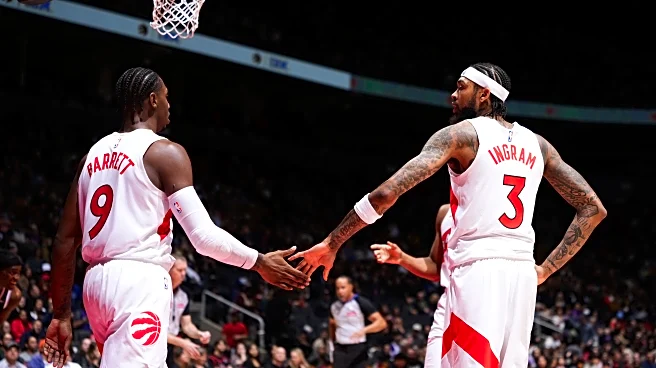
The first game of the Washington Wizards 2025-26 season went about as well as could be expected. They got dominated right from the start, never held a lead, and fell behind by 22 in the second quarter, and then by 20 midway through the fourth and ended up losing by 13.
Okay, none of that sounds like “going well.”
But, in the second half, they got chippy, hit some shots, cut the Milwaukee Bucks lead to as little as seven, and at least made things interesting.
One good sign: they made the game enough
of a contest that Giannis Antetokounmpo had to play in the fourth quarter. Unfortunately for the Wizards, Giannis Antetokounmpo played in the fourth quarter. The Greek Freak overwhelmed Washington defenders throughout the game, especially when he scored 10 straight points during a 12-2 Bucks run in the final period. He got to sit the final couple minutes.
The only Wizards defender who seemed to have any semblance of effectiveness slowing Antetokounmpo was Kyshawn George, who also committed three first-half fouls. Washington tried Alex Sarr, who didn’t have the strength to compete. They also matched Cam Whitmore against the All-World Antetokounmpo, which on a few plays actually resembled the proverbial turnstile.
Stuff I Liked
- Washington’s competitiveness. The Bucks were better, no question. Bigger, stronger, more skilled, more experienced. Yet Bub Carrington woofed up when Gary Trent Jr. inadvertently hit him in the face (refs hit them with the standard double technical foul). Carrington mugged Antetokounmpo in the fourth quarter to earn a flagrant. And (until he got into foul trouble), George was a wonderfully in-the-way pest to Antetokounmpo.
- Alex Sarr’s at-rim defense against everyone not named Antetokounmpo. He was officially credited with zero blocks, which felt inaccurate.
- Tre Johnson can really shoot, and he’s aggressive pulling the trigger.
- Cam Whitmore’s offensive aggression was fun to see.
- Corey Kispert shook off a poor shooting start to knock down three consecutive threes that were part of making things interesting.
- George had 21 points, 9 rebounds, 4 assists, a steal and 2 blocks, and he gave a strong defensive effort. I’m fine with the two turnovers — sometimes that’s the price of trying to make plays. I’d like to see him foul less.
- Khris Middleton played well in his first game back in Milwaukee since getting traded to Washington. The Bucks gave him a nice remembrance video, and he got a couple ovations from Milwaukee fans. He harassed Antetokounmpo with a couple defensive plays, hit a three in Antetokounmpo’s face, induced Antetokounmpo to foul him on a three-point attempt, and drew a charge. Oh yeah, he also scored 23 points on 14 shots. That’s good work.
Stuff I Didn’t Like
- Whitmore’s tunnel vision was something. He missed an easy swing pass to Kispert, who was wide open at the three-point line out top. He missed multiple cutters coming open in the paint. The value of being able to score — and I think Whitmore can be an effective scorer — is distorting defenses in ways that open things up for teammates, thereby boosting the overall team offense. In other words, if he’s going to be part of leading a high-quality offense, he has to be able to make at least basic passes.
- Washington’s perimeter defenders had a terrible time containing Milwaukee’s…well…substandard guards.
- Washington’s interior defenders had a terrible time containing Milwaukee’s good big men.
- The Wizards need to figure out their pick-and-roll coverage. They let former Wizards great Kyle Kuzma repeatedly slip screens into wide open layups.
Below are the four factors that decide wins and losses in basketball — shooting (efg), rebounding (offensive rebounds), ball handling (turnovers), fouling (free throws made).
The four factors are measured by:
- eFG% (effective field goal percentage, which accounts for the three-point shot)
- OREB% (offensive rebound percentage)
- TOV% (turnover percentage — turnovers divided by possessions)
- FTM/FGA (free throws made divided by field goal attempts)
In the table below are the four factors using the percentages and rates traditionally presented.
Stats & Metrics
Below are a few performance metrics. PPA is my overall production metric, which credits players for things they do that help a team win (scoring, rebounding, playmaking, defending) and dings them for things that hurt (missed shots, turnovers, bad defense, fouls).
PPA is a per possession metric designed for larger data sets. In small sample sizes, the numbers can get weird. In PPA, 100 is average, higher is better and replacement level is 45. For a single game, replacement level isn’t much use, and I reiterate the caution about small samples sometimes producing weird results.
POSS is the number of possessions each player was on the floor in this game.
ORTG = offensive rating, which is points produced per individual possessions x 100. League average last season was 114.8. Points produced is not the same as points scored. It includes the value of assists and offensive rebounds, as well as sharing credit when receiving an assist.
USG = offensive usage rate. Average is 20%.
ORTG and USG are versions of stats created by former Wizards assistant coach Dean Oliver and modified by me. ORTG is an efficiency measure that accounts for the value of shooting, offensive rebounds, assists and turnovers. USG includes shooting from the floor and free throw line, offensive rebounds, assists and turnovers.
The +PTS metric will return when there’s an established league average offensive rating.
Players are sorted by total production in the game.
